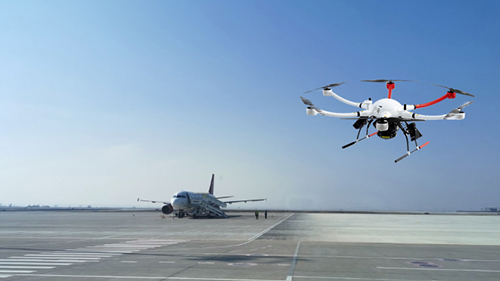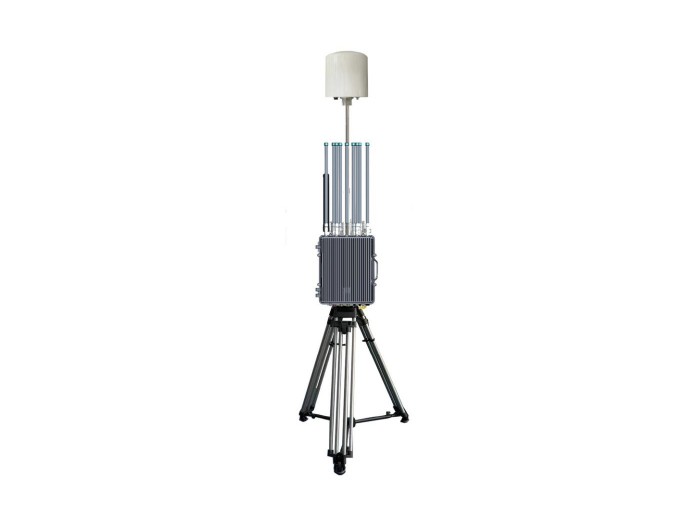Military Anti Drone Systems: A Necessary Evolution in Defense Technology
Introduction
The proliferation of drones in modern warfare presents a significant challenge for military forces worldwide. Imagine a military base where critical operations are compromised by unmanned aerial vehicles (UAVs) conducting surveillance or even armed attacks from above. In response to these escalating threats, the development and deployment of military anti-drone systems have become imperative. With the rise in drone usage across various geopolitical landscapes, the demand for robust defense mechanisms that neutralize drone threats is at an all-time high. This article explores the trends in military anti-drone systems, offering insights into the challenges they address, technological advancements, and future applications to enhance operational security.
Understanding Military Anti-Drone Systems
Military anti-drone systems are advanced technologies designed to detect, track, and neutralize unauthorized drones. These systems can be categorized into several types, including kinetic and non-kinetic solutions. Kinetic solutions involve direct physical engagement, typically using missile systems or electronic warfare systems that interfere with communication links. Non-kinetic solutions range from jamming technology that disrupts a drone's control signals to Net-based systems that capture drones mid-air.
According to the Janes report, the global military anti-drone market is expected to grow significantly, with projections estimating a reach of over $5 billion by 2026. This increasing market demand underlines the urgent need for modern militaries to invest in advanced anti-drone capabilities. As drone technologies evolve, so too must the systems developed to counteract them. Furthermore, factors such as escalating military conflicts, terrorist threats, and significant drone innovations necessitate the enhancement of anti-drone solutions. Military organizations across the globe are thus reevaluating their strategies to integrate more sophisticated anti-drone inputs into their defense systems.
Benefits of Implementing Anti-Drone Technology
The advantages of military anti-drone systems are multifaceted and stem from their operational impact on security protocols. Firstly, these systems provide enhanced situational awareness, enabling military personnel to monitor and respond to drone threats in real-time. This is accomplished through the integration of radar, electro-optical sensors, and artificial intelligence.
Moreover, the deployment of anti-drone systems can improve operational readiness. For instance, a scenario highlighted by the U.S. Army illustrates how implementing anti-drone technology allowed them to maintain a strategic advantage in areas where drone use was prevalent. As a notable data point, the Pentagon reported a 65% reduction in drone-related intrusions at key installations after the introduction of their anti-drone capabilities.
Additionally, anti-drone systems can significantly reduce risks to personnel and infrastructure. By neutralizing potential UAV threats before they reach sensitive assets, militaries can protect personnel from unexpected aerial attacks. The future implications of these systems highlight not only the essential role they play in defense strategies but also the necessity for continuous advancements in the face of evolving threats, as evidenced by the technology adopted by NATO forces.
Current Trends in Military Anti-Drone Systems
Several trends are shaping the future of military anti-drone systems. Firstly, the integration of artificial intelligence (AI) is emergent, enhancing the detection and engagement processes of drones. AI algorithms can analyze large datasets, differentiate between friendly and hostile drones, and even predict potential threats. The use of machine learning has been particularly successful in improving response times and accuracy, presenting a crucial edge in engagements.

Secondly, modular system designs are gaining momentum, allowing military forces to customize their anti-drone capabilities according to specific operational needs. For example, systems featuring interchangeable components enable rapid upgrades to counter advanced drone technologies effectively. This adaptability is essential given the fast-paced advancements in drone capabilities worldwide.
Lastly, international collaborations are becoming increasingly important. With countries facing similar drone threats, sharing technology and strategic approaches can lead to the development of more comprehensive solutions. For instance, the partnership between the U.S. Department of Defense and allied nations emphasizes cooperative research and development to efficiently counter drone threats across borders.
Recommendations and Key Takeaways
- Assess your current defense capabilities and integrate military anti-drone systems to enhance security protocols.
- Stay informed on emerging technologies such as AI and modular systems that can improve the efficiency of your anti-drone solutions.
- Collaborate with international partners to share insights and methodologies for effective anti-drone technology implementation.
- Utilize continuous training programs for personnel on the latest anti-drone technologies to ensure operational readiness.
- Contact us for a professional consultation regarding tailored anti-drone solutions for your military operations.
Conclusion
As drone technology evolves and poses new threats to military operations, anti-drone systems will play an increasingly critical role in national defense strategies. By understanding the benefits, trends, and importance of these systems, military forces can better prepare for current and future challenges in securing airspace. For detailed information on advanced military anti-drone systems and a consultation on integrating these technologies into your defense protocol, visit our website now.

















